Finding the perfect greenery for dimly lit spaces can transform any home into a lush sanctuary. Whether you're dealing with north-facing windows, basement apartments, or simply rooms that lack abundant natural light, these remarkable plants prove that sunlight isn't always essential for thriving indoor gardens. From architectural statement pieces to trailing beauties, low-light tolerant plants offer stunning foliage, air-purifying benefits, and minimal maintenance requirements. These resilient species have evolved in forest understories and shaded environments, making them perfectly suited for modern indoor living. Discover twenty exceptional varieties that will flourish in your shadiest corners while adding life, color, and natural beauty to every room.
1. Snake Plant Indoor Plants That Don't Need Sun
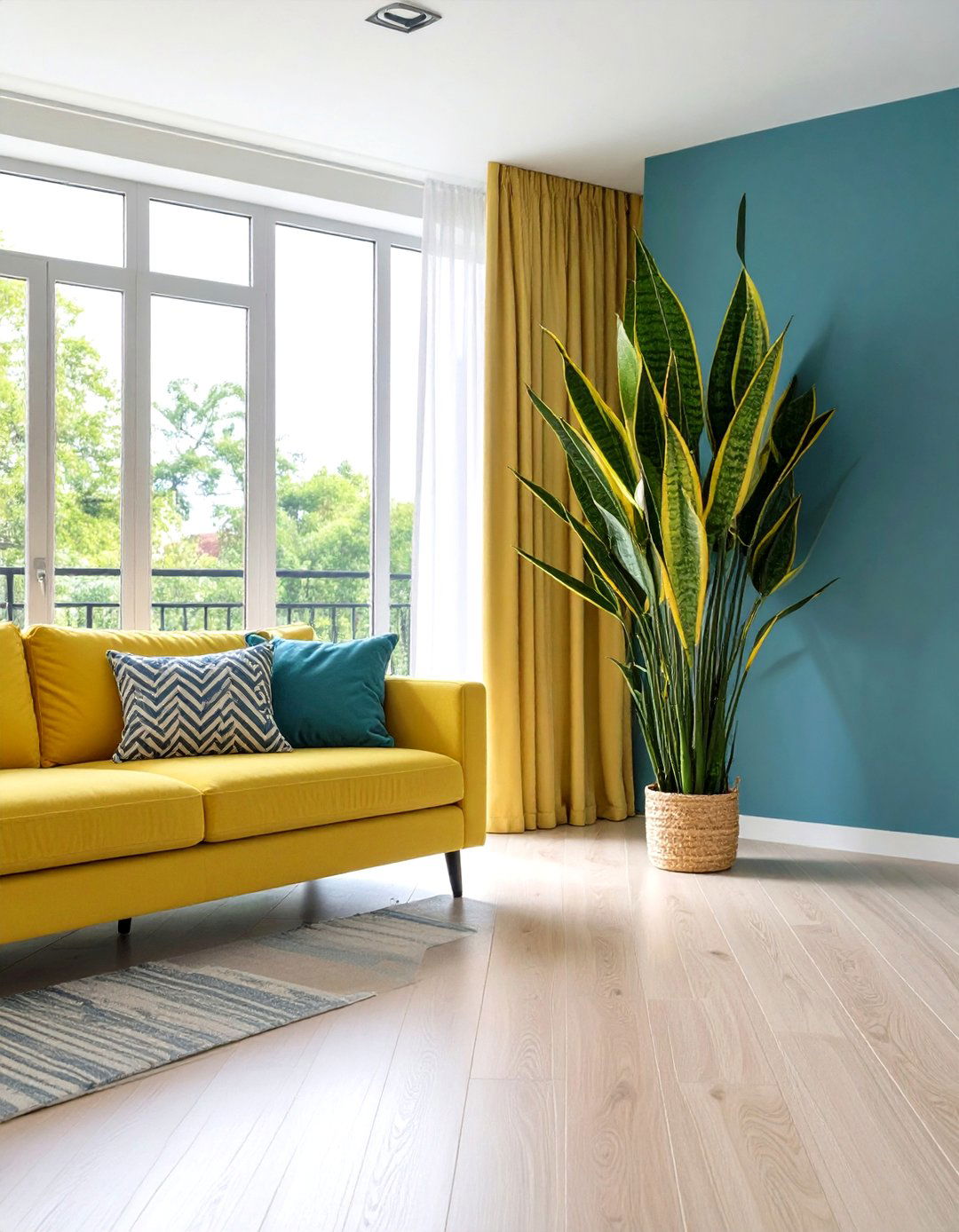
The snake plant stands as the ultimate choice for dark spaces, earning recognition from NASA as one of the best air-purifying plants while surviving in virtually no natural light. Its tall, green-yellow leaves need little watering and even smaller amounts of light, making it a great choice for virtually any indoor space. These architectural beauties feature striking vertical foliage with yellow or white edges that add visual interest without requiring direct sunlight. The Snake Plant is drought-tolerant but prefers a good drink once its soil has completely dried. Perfect for beginners, snake plants tolerate neglect while producing oxygen at night, making them ideal bedroom companions. Most houseplants—even low-light plants—need a little sun. But a few can actually survive without exposure to the sun, including in a room with no windows. Try the Snake Plant, the Cast Iron Plant, or the ZZ Plant.
2. ZZ Plant Indoor Plants That Don't Need Sun

Also known as the "eternity plant" or "zz gem", the Zanzibar Gem comes in many different sizes and needs next to no light to survive. One of the easiest low-light plants is the ZZ Plant or Zamioculcas zamiifolia. It's a tough plant with unique light and dark leathery elliptical leaves fanning out from thick stems, typically reaching 2 to 3 feet tall, even 5 feet in an optimal environment. The ZZ plant's waxy, oval-shaped leaflets create stunning visual texture while requiring minimal care. The ZZ plant tolerates, craves, and thrives in medium-low light. That's its jam. In fact, if you push him into the sun, he will not only hate you but also burn his leaves. The Zanzibar Gem stores water in its roots, which means it rarely needs a drink. Make sure not to overwater! This drought-tolerant marvel makes an excellent desktop or floor plant choice.
3. Pothos Indoor Plants That Don't Need Sun
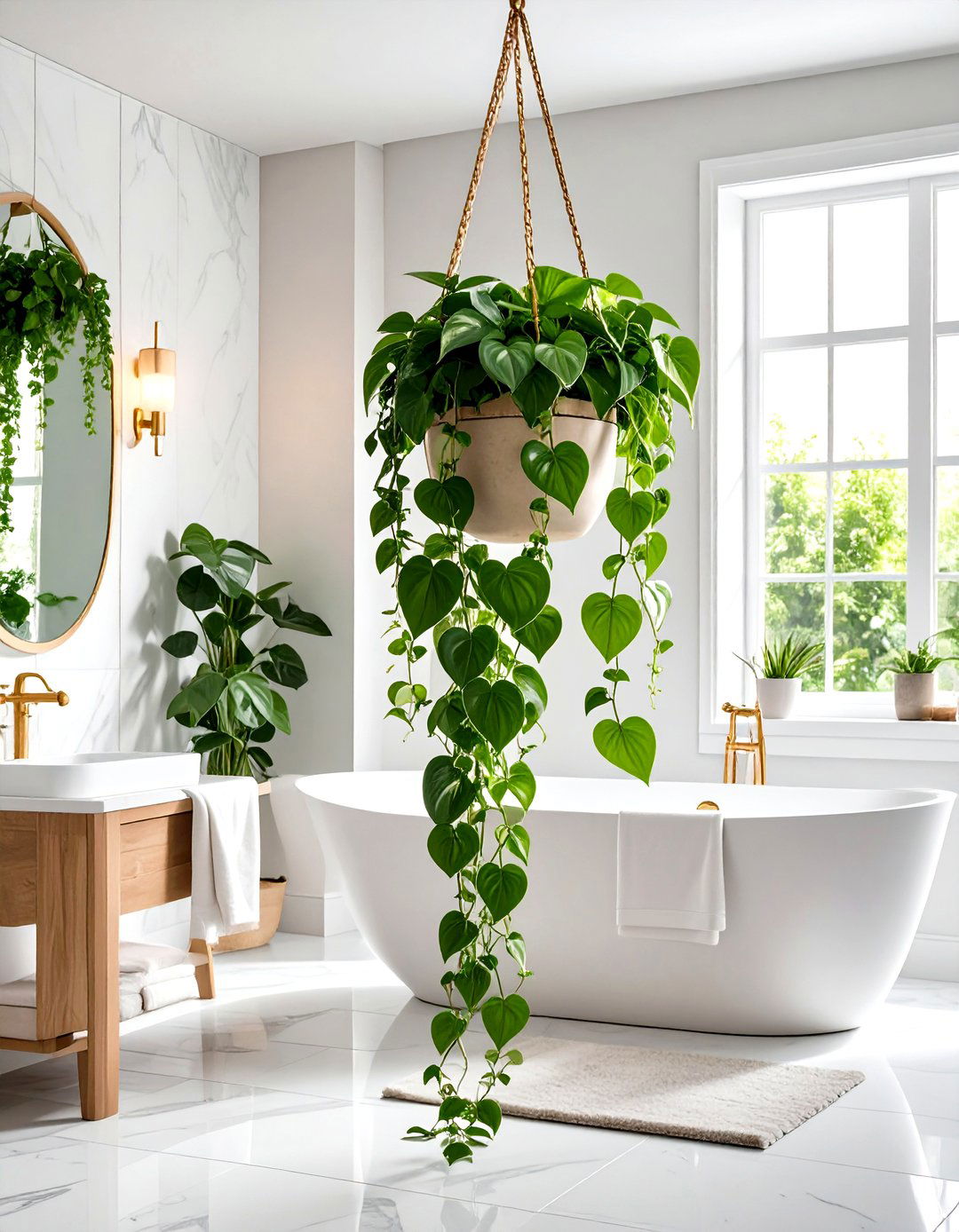
Easy answer: Pothos, a vine, barely needs light. Many plants that tolerate low light will grow slowly, but Pothos will climb anything you give him to climb—and fast. He can grow a foot taller in just a month! The Pothos, also called devil's ivy, is one of the most low-maintenance low-light houseplants you can own. There are various types of Pothos, but all feature vibrant green or variegated heart-shaped leaves that trail down long veins that can reach 20 to 40 feet long. In general, Pothos do all right in low light—but some varieties tolerate it better. Jade Pothos wins first place because it actually loves low light. These versatile trailing plants excel in hanging baskets or as climbing specimens on moss poles, making them perfect for adding vertical green elements to any shadowy corner while requiring minimal attention.
4. Peace Lily Indoor Plants That Don't Need Sun
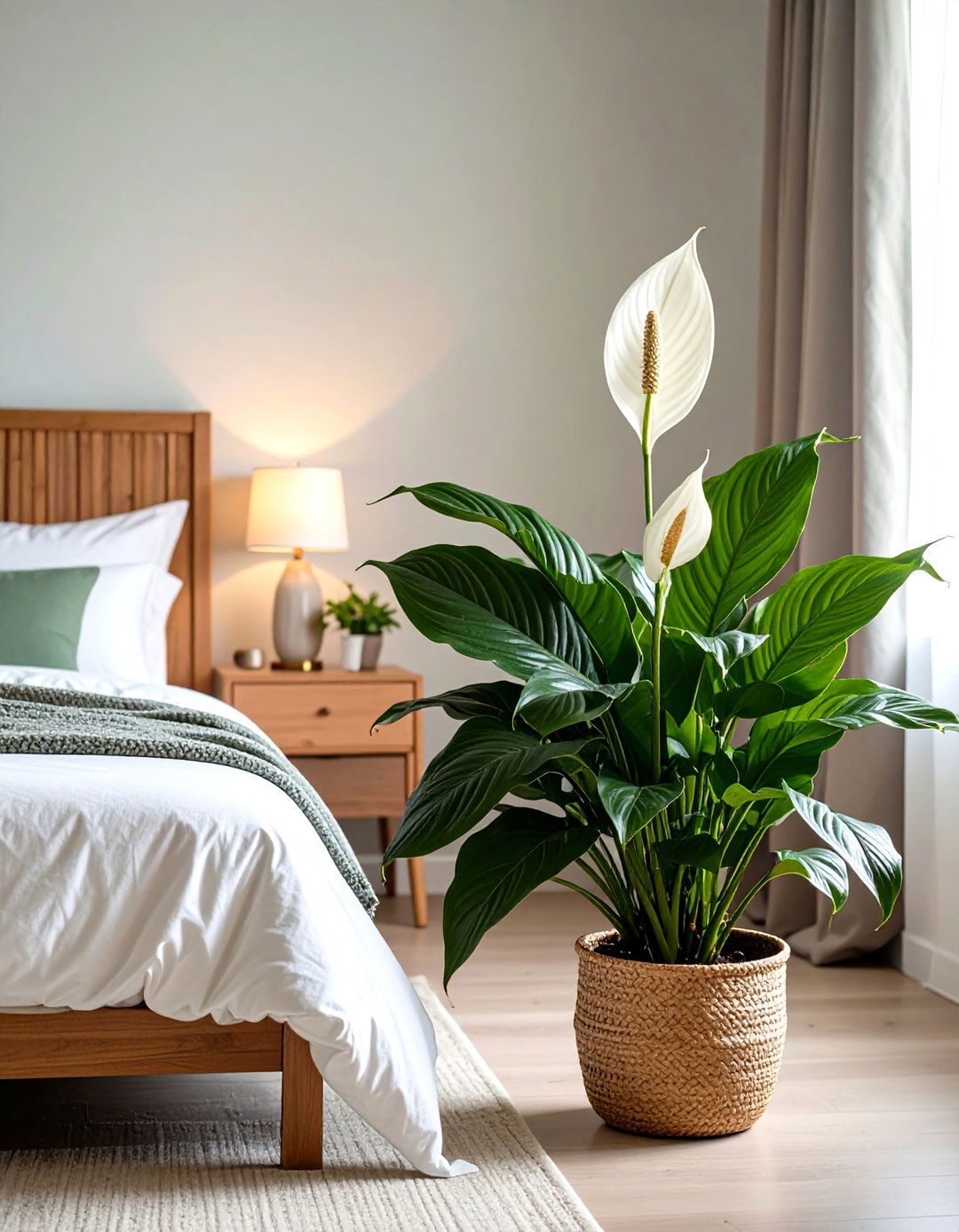
The Peace Lily adores low light! It can easily brighten up a shady corner or even a dark room. It's very flexible—it can also tolerate bright indirect light. This is probably your best bet for a low-light flower. These plants do well in moderate to low light conditions. When they are exposed to more light they produce beautiful and specialized white hooded leaves. In darker areas the plant will continue to produce green leaves. Peace lilies can tolerate short periods of dry soil, but their leaves will develop brown tips if they don't have enough water or humidity. Tip: One nice thing about peace lilies is that they will tell you when they're thirsty: the plant's leaves start to droop. These elegant plants offer both lush foliage and the possibility of stunning white blooms, making them exceptional choices for windowless offices or dimly lit rooms.
5. Chinese Evergreen Indoor Plants That Don't Need Sun
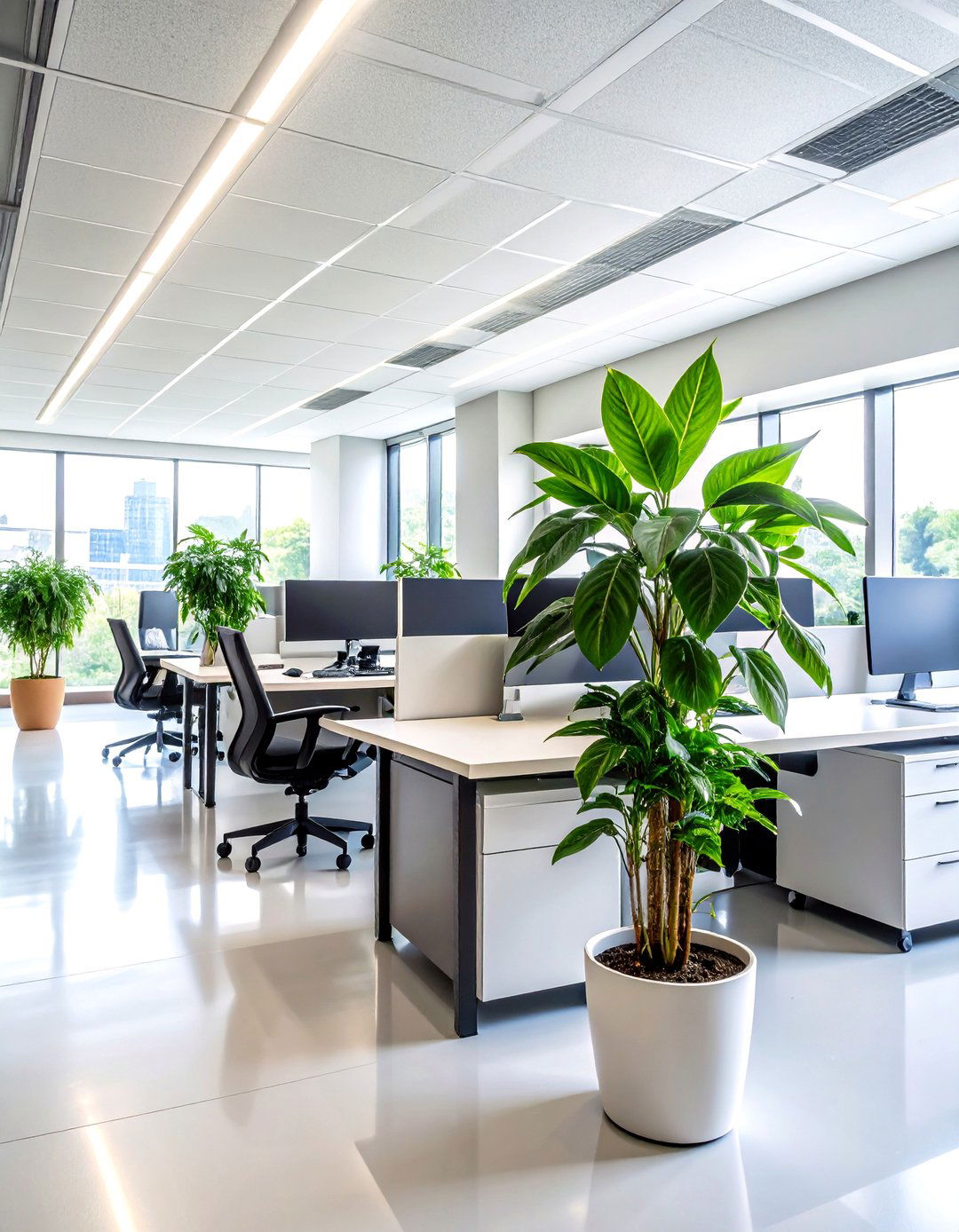
Chinese evergreen plants are easy to grow and are among the many indoor plants that don't need sunlight. Many people say it's a great plant to start with if you're new to caring for houseplants. The Chinese Evergreen, or Aglaonema commutatum, is a great houseplant for low light. This compact plant has glossy green and silver variegated leaves, growing from the stalks of shallow roots at a central base. The Chinese evergreen's specific sun needs depend on the colors of its leaves. Generally, if you have a plant with darker leaves, your specific plant prefers low light. Large, variegated leaves with light and dark green tones are what make the Silver Evergreen a unique and popular plants for low-light offices. These stunning foliage plants come in various color combinations, from deep emerald to silver-splashed varieties, offering decorative appeal while thriving in the darkest indoor environments.
6. Cast Iron Plant Indoor Plants That Don't Need Sun
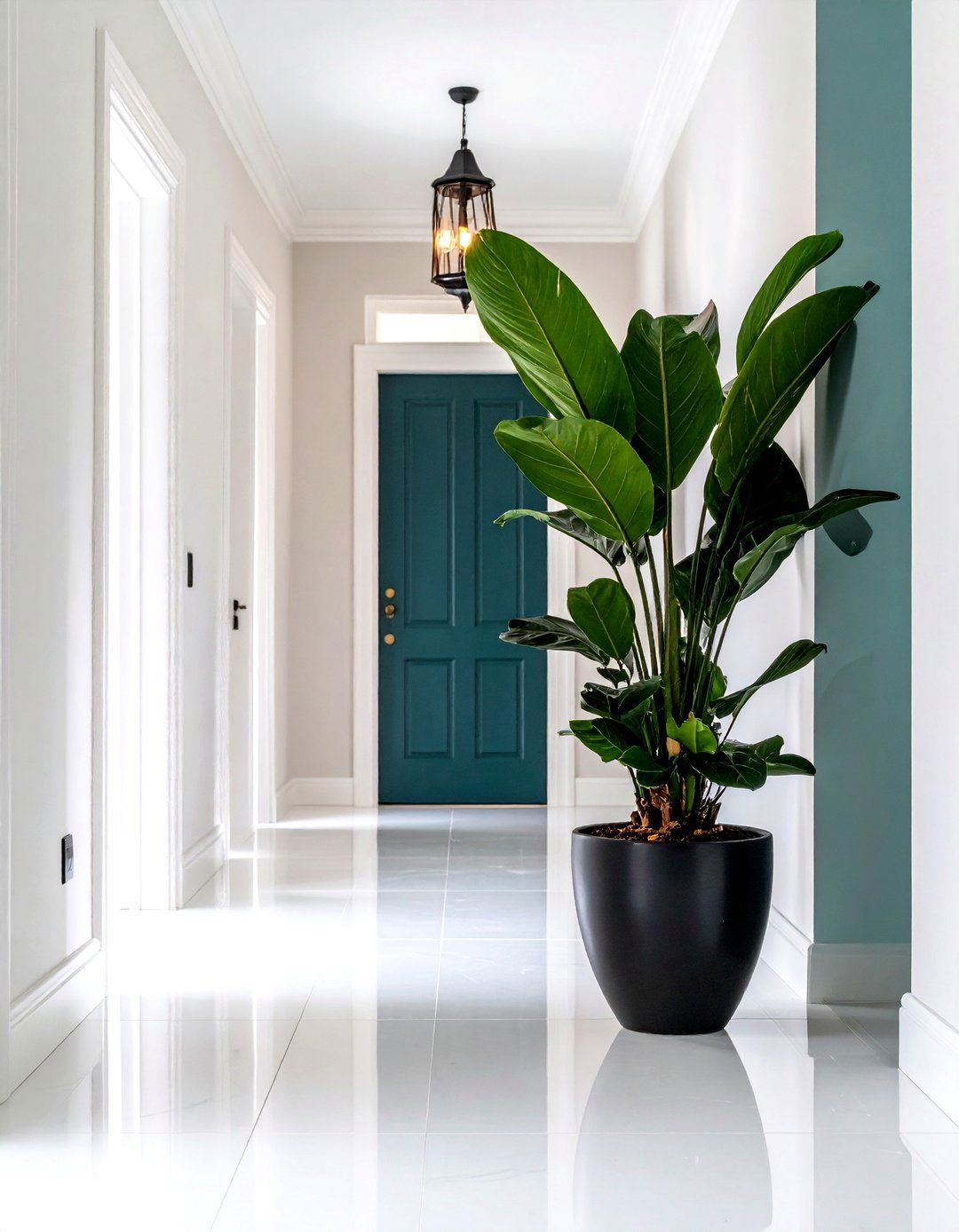
The cast iron plant is also commonly referred to as the iron plant because of its hardy nature. It can survive a wide variety of conditions that make it a top choice for black thumbs and busy plant owners. Cast iron plants are hard-to-kill houseplants that require minimal light exposure. Their beautiful dark green foliage growing in an almond shape will definitely add a tropical flare to your sun-challenged rooms. Cast irons are low-light plants that can survive almost anywhere in your home. They are slow to grow, but also really hard to kill. The only requirement is to keep them away from direct sunlight in order to keep their leaves from getting scorched or turning brown. Most houseplants—even low-light plants—need a little sun. But a few can actually survive without exposure to the sun, including in a room with no windows. Try the Snake Plant, the Cast Iron Plant, or the ZZ Plant.
7. Heartleaf Philodendron Indoor Plants That Don't Need Sun

The heartleaf philodendron specifically is a hardy plant that can withstand most conditions with minimal care, including low light. Philodendrons come in climbing and non-climbing varieties and can grow as tall as three feet and as wide as six feet with proper care. Less light is better for philodendrons, but they do prefer temperatures above 55 degrees Fahrenheit and like being misted. Philodendrons have few pests. Since I placed my Philodendron in a darker corner of our bathroom I noticed the new leaves were growing in a solid bright green colour rather than variegated like the rest of the leaves. These heart-shaped beauties adapt remarkably well to low-light conditions, though variegated varieties may lose some patterning in very dim areas. Their trailing nature makes them excellent for hanging planters or as climbing plants on moss poles, providing lush greenery in the most challenging lighting situations.
8. Dracaena Indoor Plants That Don't Need Sun

The Dracaena is a genus of tropical plants characterized by spear or grass-like leaves that shoot out from thick, cane-like stems. As houseplants need little light, Dracaena can grow between 2-10 feet tall and spread 1-2 feet wide. Dracaena marginata and Dracaena fragrans will tolerate slightly less light. If you notice pale, dry patches on the leaves, move your plant to a place further from the light source. Looking for a tall plant for low-light? The Dracaena Lisa is your best bet. Lean, lush, and hardy, this plant is one of the most popular office plants out there. These architectural plants offer dramatic height and sculptural appeal, with varieties ranging from the spiky Dracaena marginata to the broad-leaved corn plant. The spikey leaves of Dracaena marginata, sometimes confused with cordyline plants, is more tolerant of typical, indoor conditions than are other dracaenas. Perfect for adding vertical interest to dark corners.
9. Prayer Plant Indoor Plants That Don't Need Sun

In fact, the Prayer Plant can tolerate relatively low levels of light so is a fab choice for homes that don't have lots of natural light. Pop your prayer plant in a spot that gives him medium to bright indirect light and he'll be happy. Despite being a tropical botanical, the prayer plant can thrive in light shade to low light areas. Take a peak after the sun goes down as the leaves fold into a "prayer pose", hence the name. Place your calathea in a part of a room that has low to indirect bright light. If it has to be a window, North facing should do just fine. Calatheas with darker leaves, such as the Pinstripe, do well in even lower light. These captivating plants showcase intricate patterns and perform the fascinating daily ritual of folding their leaves upward at night. Prayer plants enjoy a humid environment, but many varieties can handle lower levels of humidity. Their stunning foliage features geometric patterns and rich colors that add artistic flair to any low-light space.
10. Bird's Nest Fern Indoor Plants That Don't Need Sun

Even better is the fact that a bird's nest fern plant makes an excellent low light houseplant. Bird's nest ferns grow best in medium to low indirect light. These ferns are often grown for their crinkly leaves and the light they receive will affect how crinkled the leaves are. The Bird Nest Fern prefers bright, indirect light, but it can also tolerate low light conditions. Direct sunlight can scorch the leaves, so it's best to avoid placing it in direct sunlight. A bird's nest fern that receives more light, for example, will have more crinkled leaves, while one that receives less light will have flatter leaves. These unique epiphytic ferns feature broad, wavy fronds that emerge from a central rosette, creating an architectural focal point. Furthermore, this plant does not require the same level of humidity that many other kinds of ferns need, making the care for a bird's nest fern far more forgiving to the occasionally forgetful houseplant owner than other ferns.
11. Monstera Deliciosa Indoor Plants That Don't Need Sun
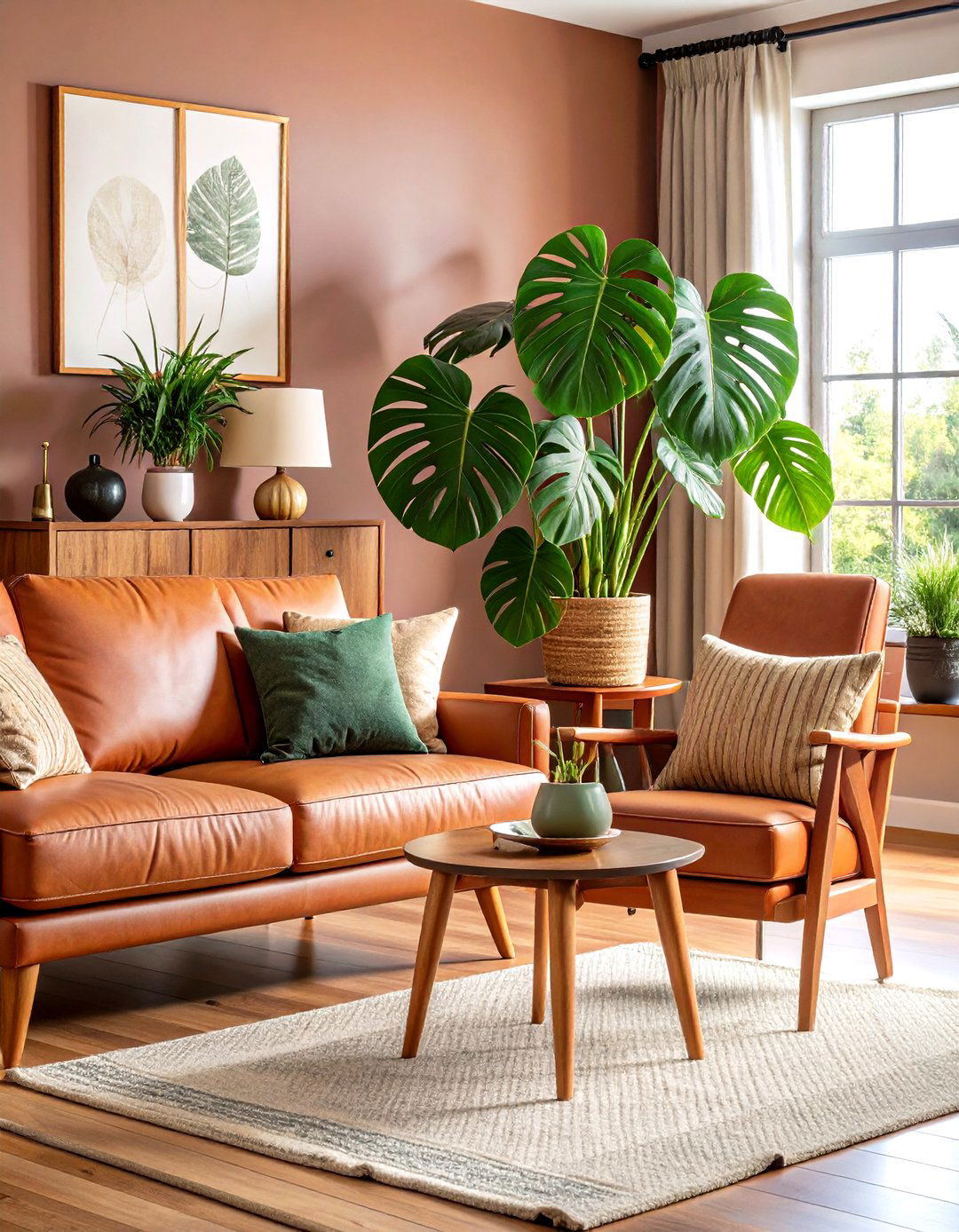
Monstera Deliciosa represents one of the most sought-after houseplants that adapts well to lower light conditions while maintaining its iconic split-leaf appearance. Though these tropical beauties prefer bright, indirect light, they demonstrate remarkable tolerance for dimmer environments, making them suitable for less illuminated spaces. Young monstera plants start with solid heart-shaped leaves that develop characteristic fenestrations as they mature, creating dramatic architectural interest. In lower light conditions, the plant may produce fewer splits, but it continues to thrive and produce lush foliage. These climbing plants can be trained on moss poles or allowed to trail, offering versatility in placement. Their large, glossy leaves make stunning statement pieces while requiring minimal maintenance beyond occasional dusting and regular watering when the soil feels dry to the touch.
12. Arrowhead Plant Indoor Plants That Don't Need Sun

The arrowhead plant is an easy plant to care for and it will live in many different containers, including pots, hanging baskets, terrariums and even outdoors in warm climates. It will climb vertically or horizontally and can reach heights of 12 feet under ideal conditions. Syngonium, which is true to its name because its leaves do resemble Indian arrowhead artifacts, is native to rain forests and likes some moisture, but care should be taken not to over-water plants. These versatile plants start with arrow-shaped juvenile leaves that transform into deeply lobed mature foliage as they age. Their adaptive nature allows them to thrive in various lighting conditions, from bright indirect light to shadier spots. The arrowhead plant's climbing tendency makes it perfect for training on moss poles or allowing to cascade from hanging planters. Available in various color combinations including green, white, and pink variegations, they offer decorative appeal while remaining relatively low-maintenance for indoor gardeners seeking reliable low-light performers.
13. Peperomia Indoor Plants That Don't Need Sun
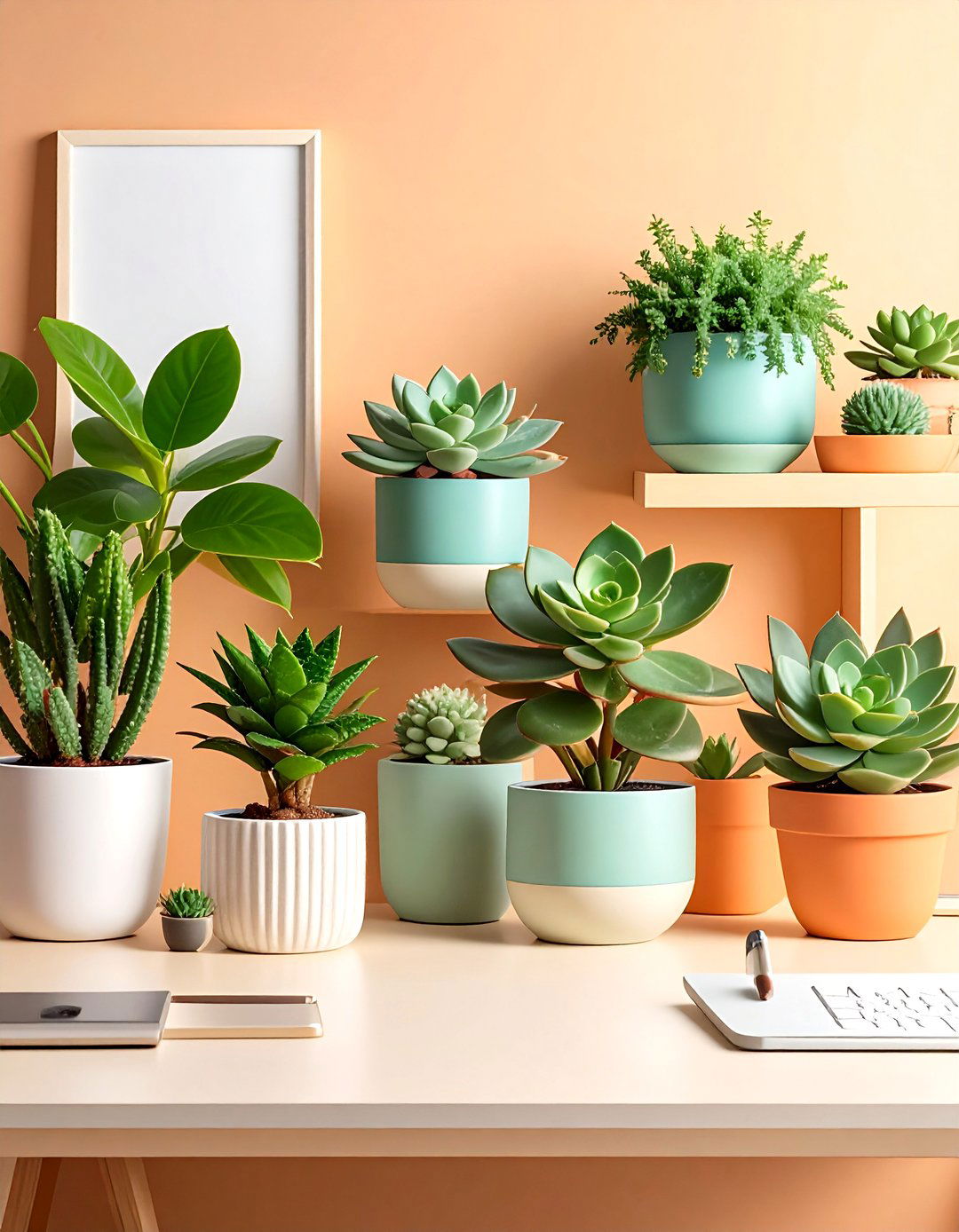
Also known affectionately as baby rubber plant, the Peperomia Obtusifolia is a flirty low-light plant adorning spoon-shaped, waxy leaves. Their thick leaves struggle in direct sunlight, so the more shade the merrier. These compact succulents showcase thick, waxy foliage that stores water efficiently, making them drought-tolerant and perfect for low-maintenance indoor gardening. Peperomias come in numerous varieties featuring different leaf shapes, sizes, and patterns, from the round-leaved Peperomia polybotrya to the rippled Peperomia caperata. Their small stature makes them ideal for desktops, shelves, or grouped arrangements where they create charming displays. These plants prefer to dry out between waterings and actually perform better in lower light conditions than bright sunshine, which can scorch their delicate foliage. Their slow growth rate and minimal care requirements make them perfect choices for busy plant parents or those new to indoor gardening who want reliable, attractive greenery.
14. Bromeliad Indoor Plants That Don't Need Sun
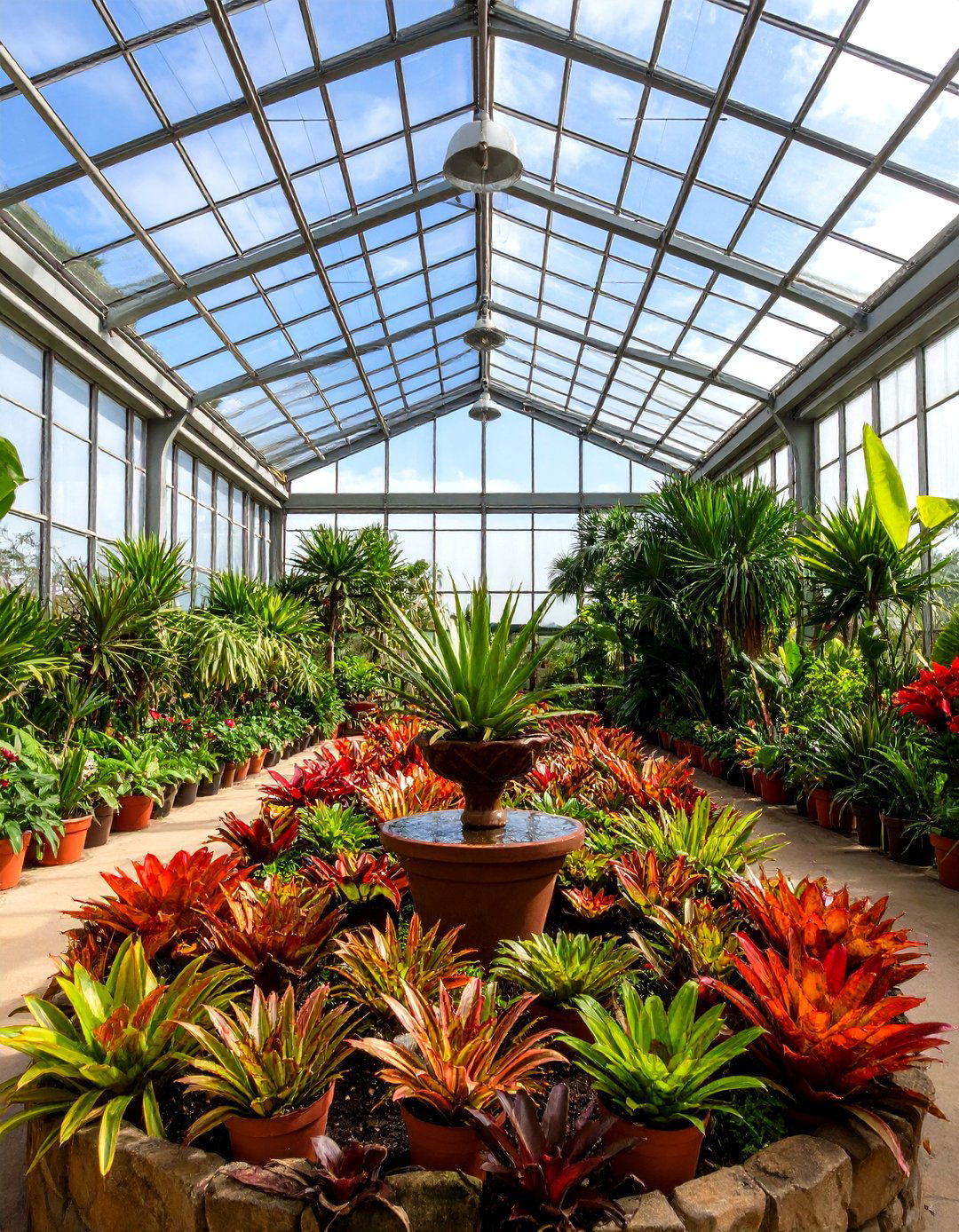
Bromeliads are tropical plants that usually come with vibrant pops of color. Their unique look and tropical feel make them a top houseplant choice. Bromeliads can also thrive on fluorescent lighting if natural light is not available. These exotic epiphytic plants bring tropical flair to indoor spaces with their rosette growth pattern and colorful central cups that collect water in their natural habitat. Most bromeliads sold as houseplants feature striking foliage in shades of green, red, yellow, or purple, often with distinctive striping or banding patterns. Their central tanks should be kept filled with filtered water, while the soil around the roots should remain slightly moist but never waterlogged. Bromeliads adapt well to artificial lighting and lower light conditions, making them suitable for offices or darker rooms. After blooming, the mother plant produces offsets that can be separated to create new plants, providing long-term value and propagation opportunities for indoor gardeners seeking unusual, colorful specimens.
15. Dieffenbachia Indoor Plants That Don't Need Sun
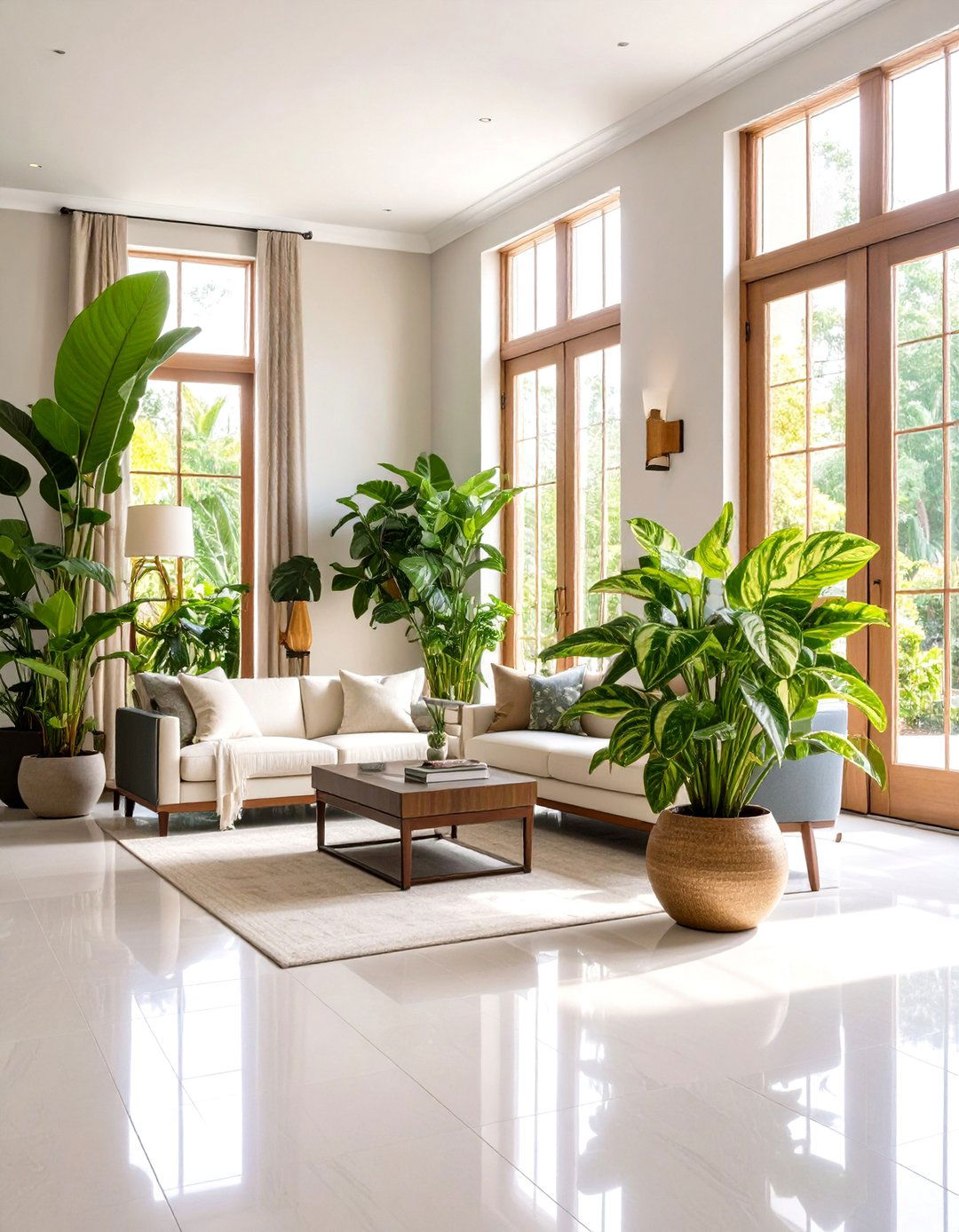
Dieffenbachia is a beautiful plant that adds a touch of elegance to any indoor setting. Its resemblance to Peace Lily is due to its tiny flowers clustered along a spadix. Still, its features distinguish it, such as its larger size, ovate-shaped leaves with pointy tips, and woody stalk resembling sugarcane or bamboo. It needs well-drained, moist soil, low, indirect light, and warm, humid weather to care for Dieffenbachia. These dramatic foliage plants feature large, oval leaves with striking patterns of green and cream or yellow variegation that create eye-catching displays in low-light environments. Often called "dumb cane," dieffenbachia plants can grow quite large indoors, making them excellent floor plants for filling empty corners or creating natural room dividers. Their tolerance for lower light conditions makes them popular choices for offices and homes with limited natural illumination. Although it is toxic to pets and children, it can improve indoor air quality. Regular watering when the top inch of soil feels dry and occasional misting helps maintain their lush appearance while avoiding overwatering issues.
16. Air Plant Indoor Plants That Don't Need Sun

This extra low maintenance choice is perfect for people who keep killing their plants. Air plants often grow on other flora in nature, but can lead a long and happy life indoors with little to no upkeep. These fascinating epiphytes require no soil whatsoever, drawing nutrients and moisture directly from the air around them through specialized scales on their leaves. Air plants, or Tillandsia, offer incredible versatility in display options since they can be mounted on driftwood, placed in hanging glass orbs, or arranged in creative terrariums. They tolerate a wide range of lighting conditions, from bright indirect light to dimmer environments, though they prefer some air circulation. Care involves weekly soaking in water for 20-30 minutes, followed by thorough shaking to remove excess moisture. Their unique appearance ranges from silvery-gray to deep green, with some varieties producing colorful flower spikes. These conversation-starting plants prove that successful indoor gardening doesn't always require traditional potting methods or extensive care routines, making them perfect for minimalist or modern décor styles.
17. Money Tree Indoor Plants That Don't Need Sun
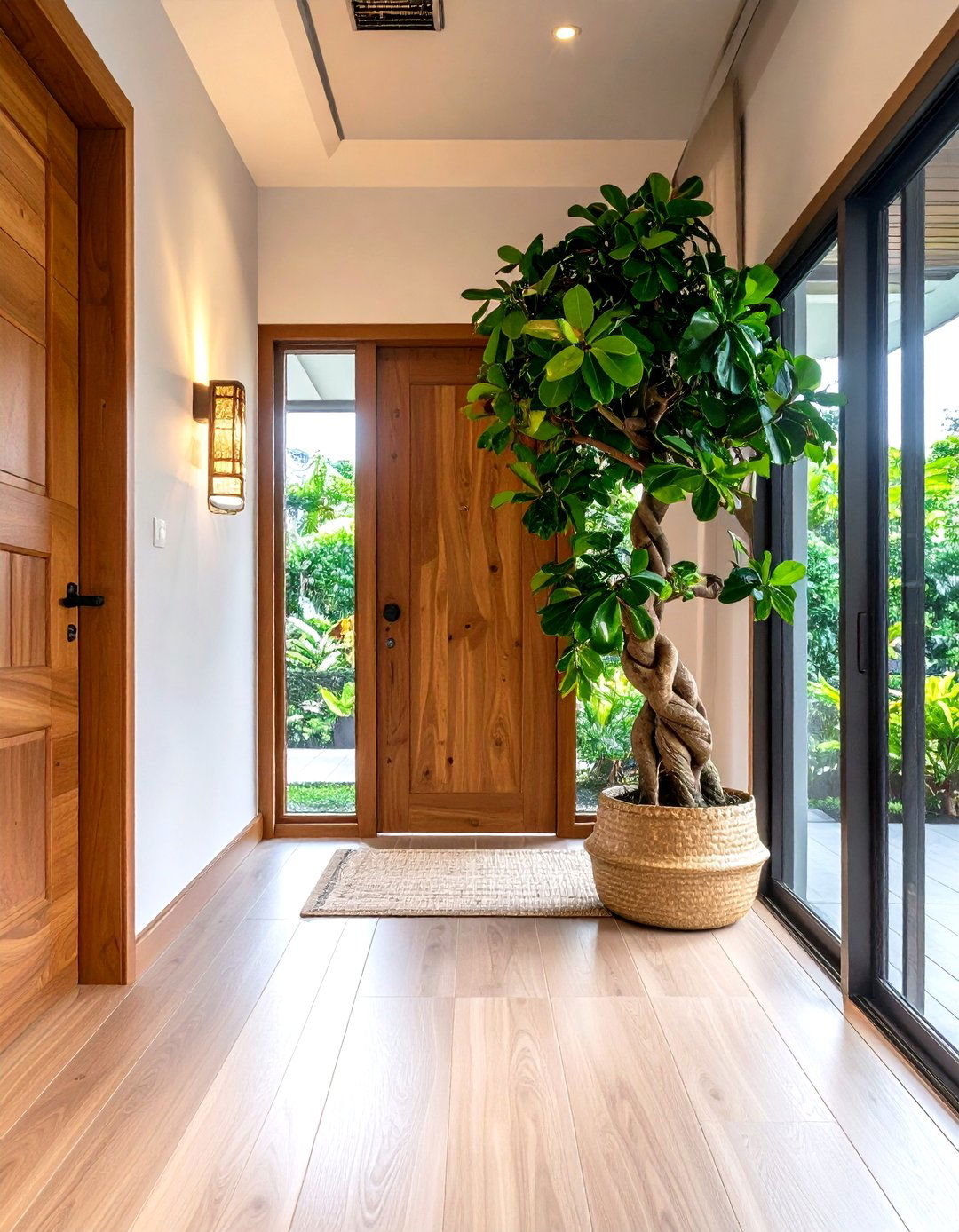
A Money Tree needs to stay out of the sun, but anything else goes. He can tolerate low light, full shade, or bright indirect light. He can thrive just about anywhere indoors (plus he'll bring you good luck). These distinctive plants feature braided trunks topped with palmate leaves comprising five to seven leaflets, creating an architectural presence that fits well in various interior design schemes. According to feng shui principles, money trees attract prosperity and good fortune when placed in the wealth corner of a room, making them popular gifts for new homeowners or business openings. Their adaptability to different lighting conditions, from bright indirect light to shadier spots, makes them excellent choices for offices or homes with varying illumination. Money trees prefer slightly moist soil and benefit from regular misting to increase humidity around their foliage. Their slow to moderate growth rate and tolerance for occasional neglect make them suitable for busy lifestyles while providing the added benefit of symbolic prosperity and natural air purification.
18. Kentia Palm Indoor Plants That Don't Need Sun
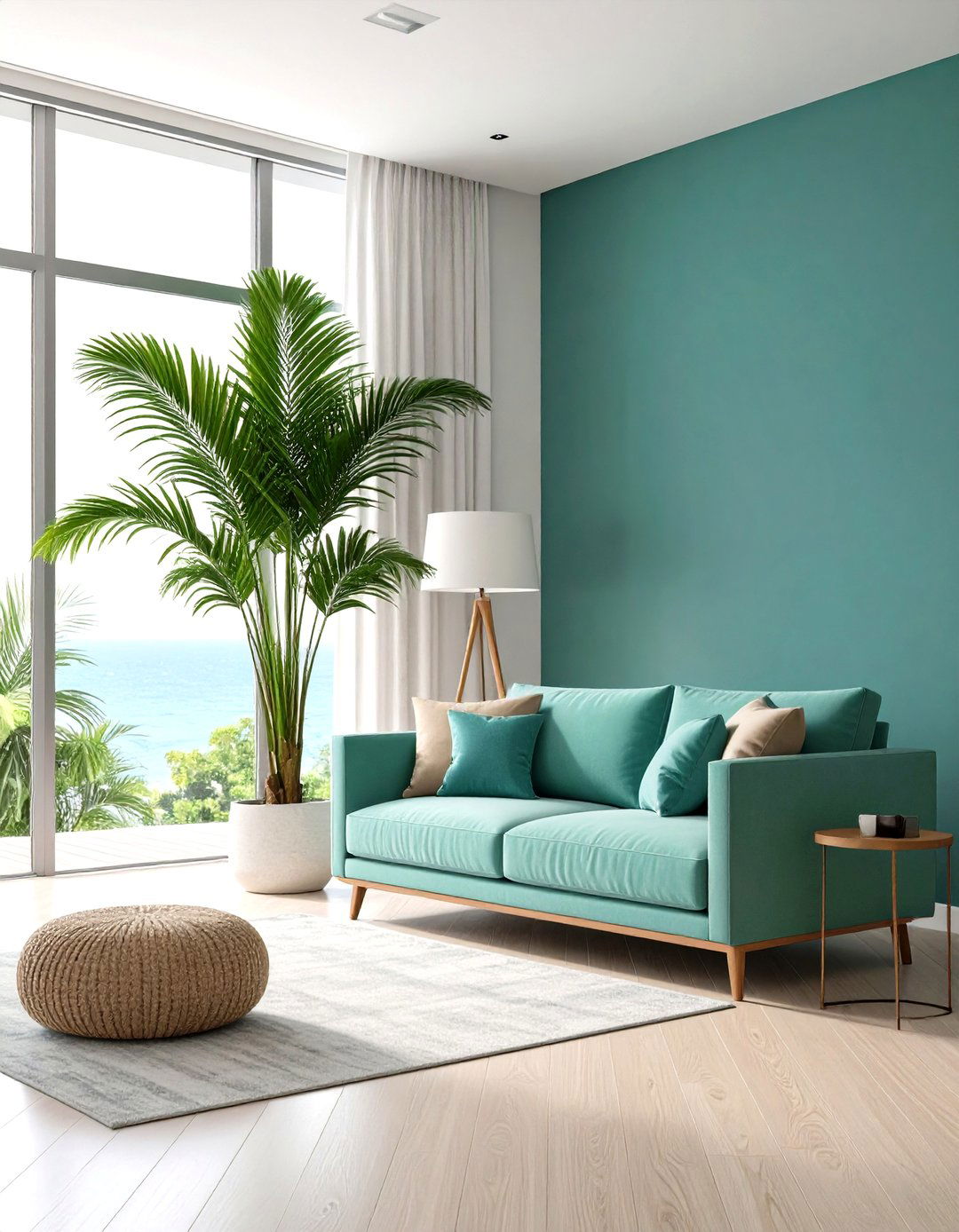
Three tall plants are happy in low light: The Kentia Palm reaches 10 feet tall indoors, and the Balfour Aralia reaches 7 feet. These elegant palms represent the gold standard for indoor palm cultivation, offering graceful fronds that arch beautifully while tolerating lower light conditions better than most other palm varieties. Kentia palms grow slowly but steadily, eventually reaching impressive heights that create dramatic focal points in large rooms or offices. Their feathery, dark green fronds maintain their color even in dimmer environments, though growth may slow in very low light. These Australian natives prefer consistent moisture without waterlogging and benefit from occasional misting to increase humidity around their foliage. Their tolerance for indoor conditions, including air conditioning and heating systems, makes them popular choices for commercial and residential spaces. Regular dusting of the fronds helps maintain their lustrous appearance while ensuring proper photosynthesis. Kentia palms offer tropical elegance without the high maintenance requirements of many other palm species, making them ideal for creating sophisticated, resort-like atmospheres indoors.
19. Spider Plant Indoor Plants That Don't Need Sun
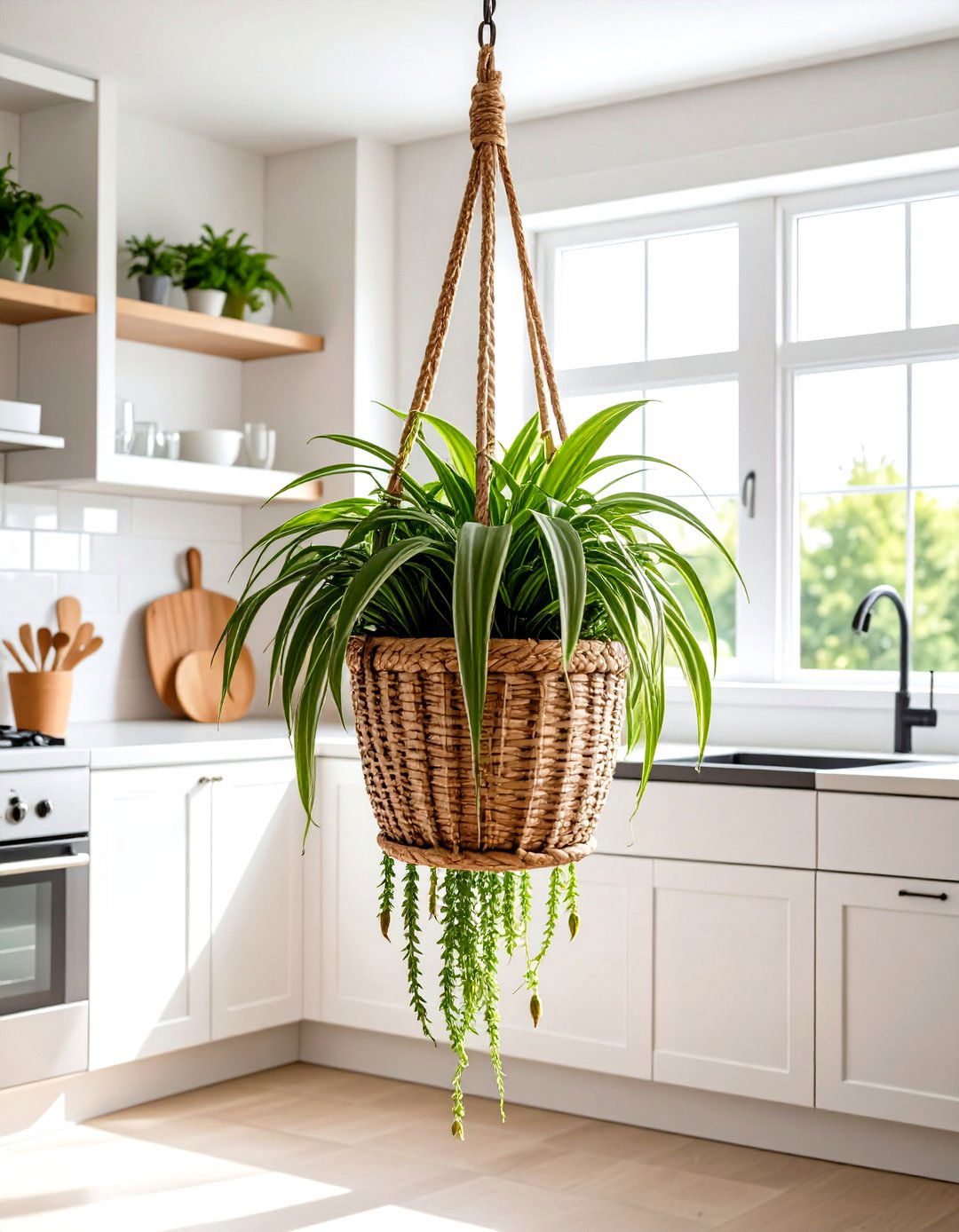
Spider Plants can tolerate lowish light, but they won't thrive. They'll grow faster and look healthier in moderate-to-bright indirect light. So shady corners are an "ok!" but windowless rooms are a big "no thank you." These classic houseplants feature long, narrow leaves that arch gracefully from the center, creating fountain-like displays that work beautifully in hanging baskets or on pedestals. Spider plants produce distinctive plantlets, or "spiderettes," that dangle from the mother plant on long stolons, creating interesting cascading effects and easy propagation opportunities. While they prefer brighter conditions for optimal growth and variegation, they demonstrate remarkable tolerance for lower light situations, though growth may slow and variegation may fade slightly. Their ability to adapt to various lighting conditions, combined with their air-purifying qualities and easy propagation, makes them excellent choices for beginners or those seeking reliable, attractive greenery. Regular watering when the soil feels dry and occasional removal of brown leaf tips helps maintain their fresh appearance while encouraging continued growth and plantlet production.
20. Rubber Tree Indoor Plants That Don't Need Sun
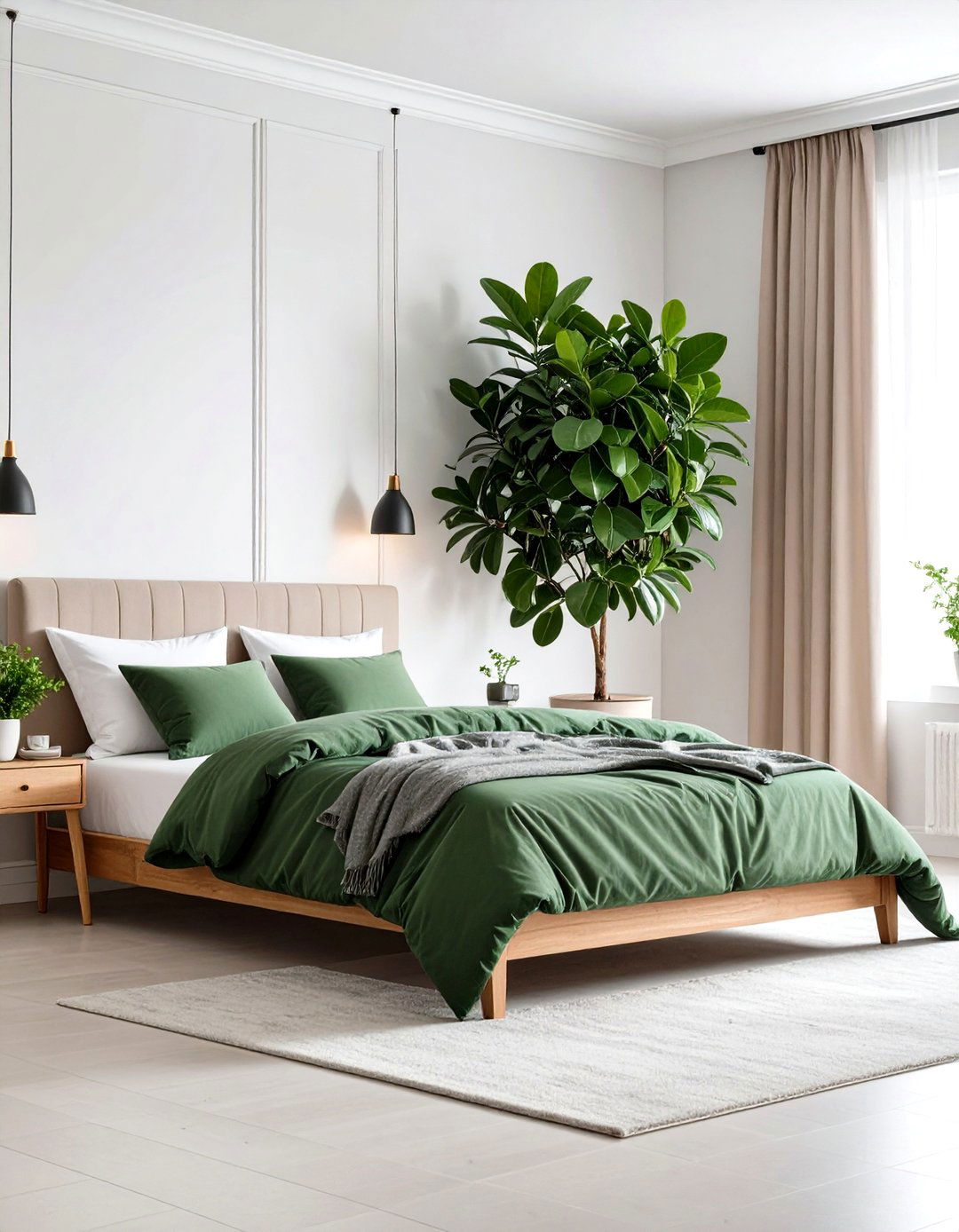
The rubber tree, particularly the baby rubber plant variety (Ficus elastica), represents an excellent choice for indoor spaces with limited natural light while offering glossy, leathery foliage that creates striking architectural statements. These plants feature thick, waxy leaves that help them tolerate lower humidity and reduced light conditions compared to many other tropical houseplants. Young rubber trees maintain compact forms suitable for tabletops or shelves, while mature specimens can grow into impressive floor plants that serve as living sculptures. Their tolerance for occasional drought and lower light makes them forgiving choices for busy plant parents or those learning indoor gardening skills. Regular leaf cleaning with a damp cloth maintains their lustrous appearance while ensuring proper light absorption. Rubber trees prefer well-draining soil and should be watered when the top inch feels dry to the touch. Their slow growth rate and minimal care requirements, combined with their ability to adapt to various lighting conditions, make them reliable long-term companions for any indoor environment seeking elegant, low-maintenance greenery.
Conclusion:
These twenty remarkable indoor plants prove that limited sunlight doesn't mean sacrificing natural beauty in your home. From the indestructible snake plant to the elegant kentia palm, each species offers unique characteristics while thriving in low-light conditions. Whether you're seeking air-purifying benefits, dramatic foliage, or simply reliable green companions, these plants deliver exceptional results with minimal maintenance. By choosing appropriate varieties for your specific lighting conditions and following basic care guidelines, you can create lush, healthy indoor gardens that flourish regardless of sun exposure, transforming any space into a verdant sanctuary.



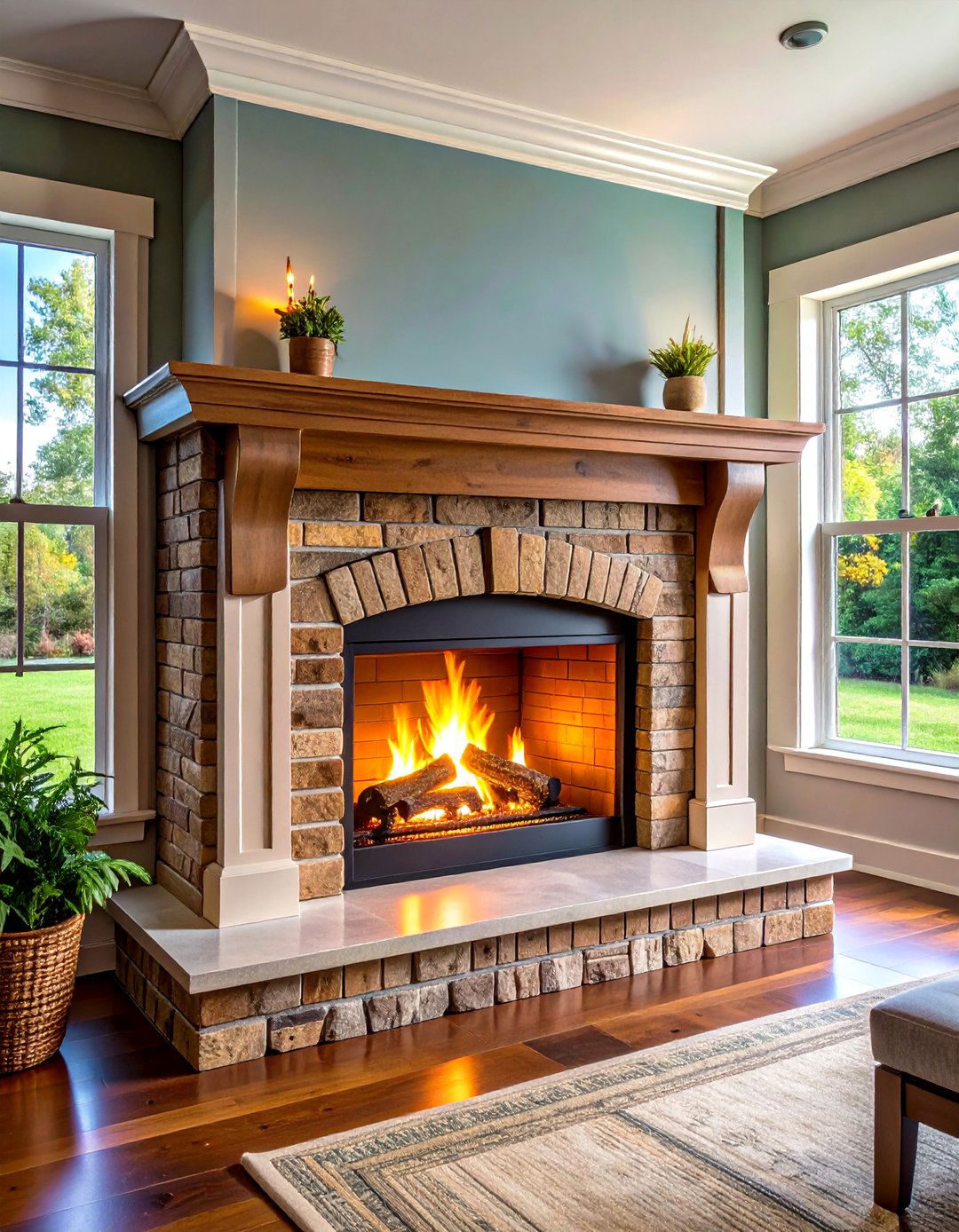
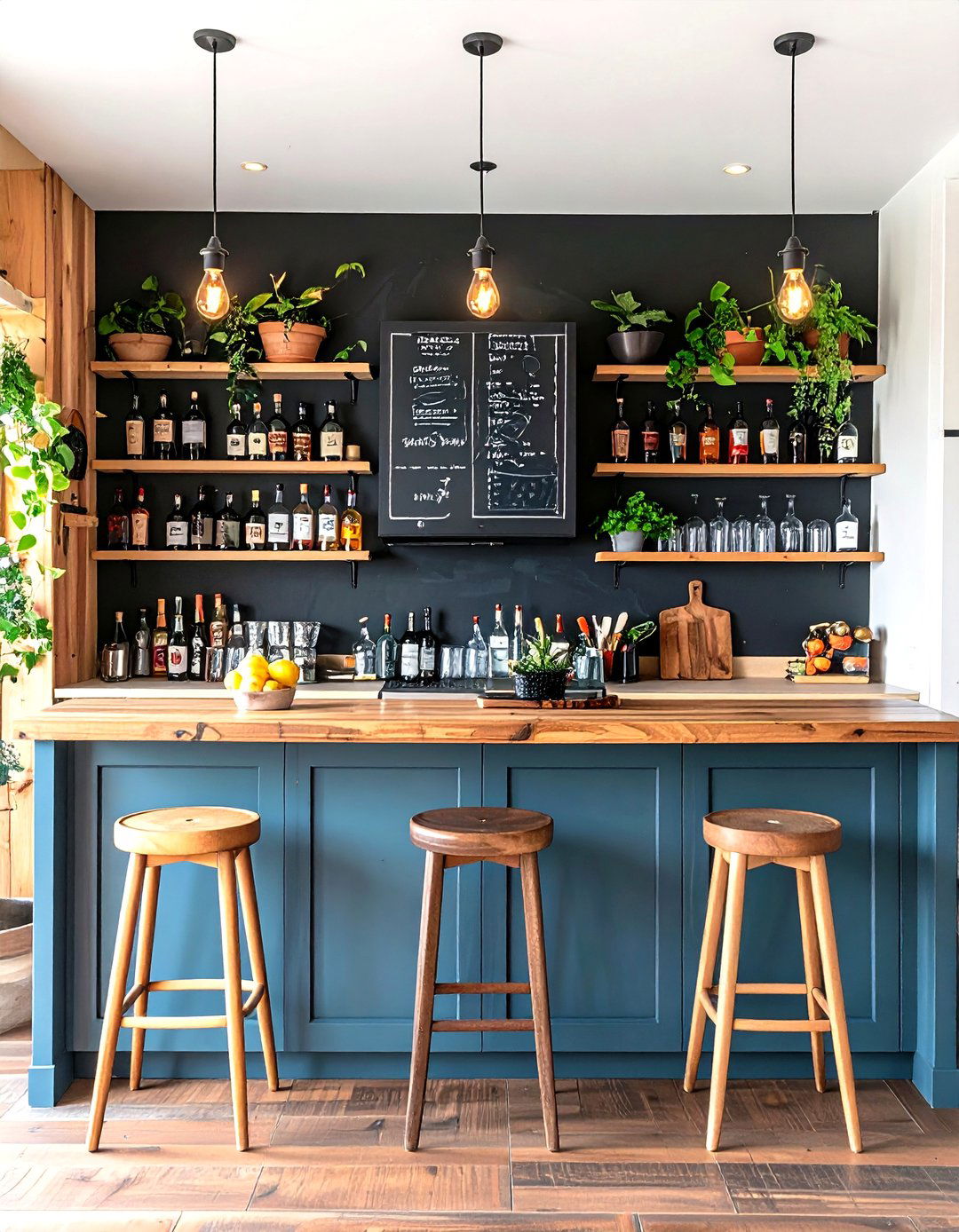
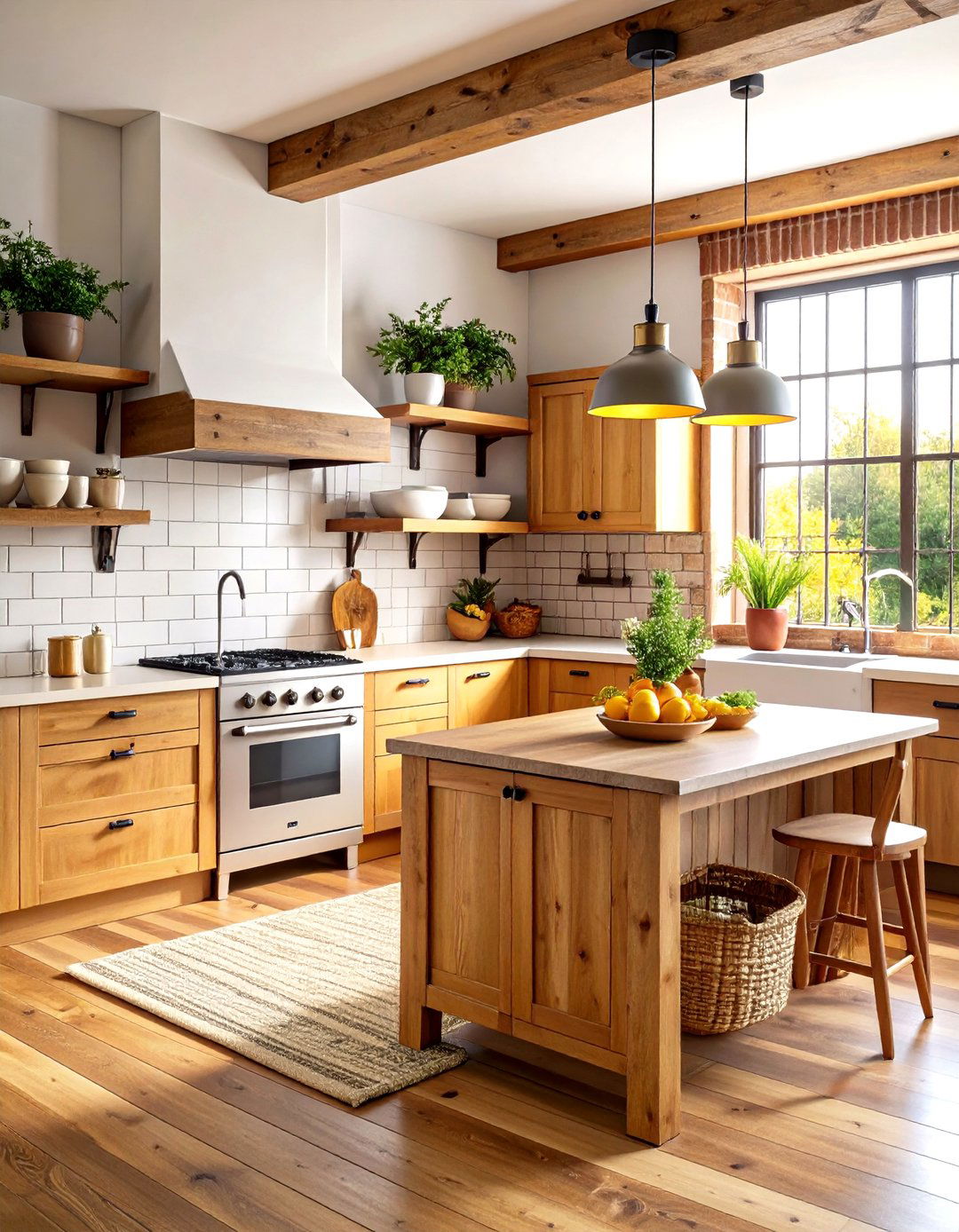



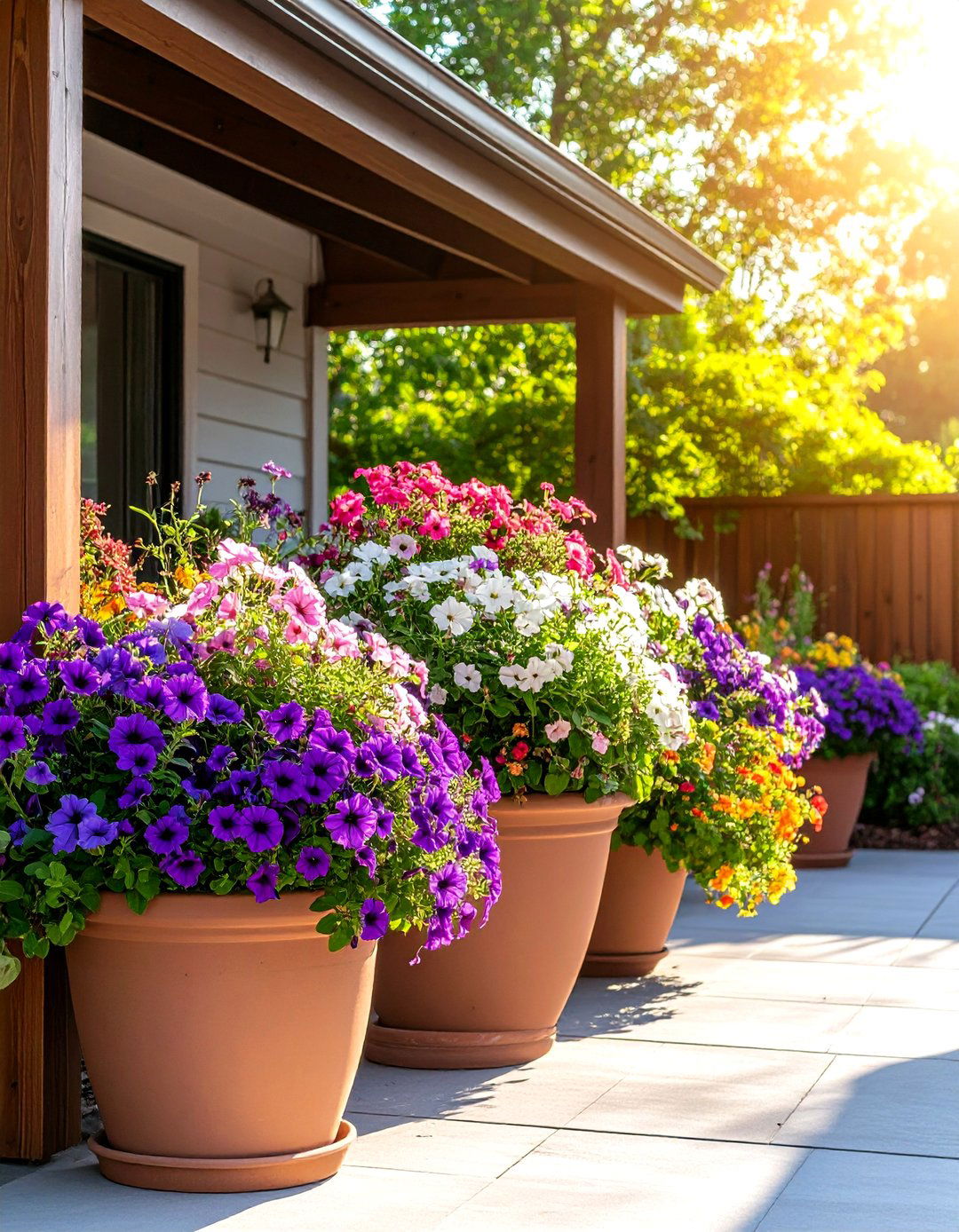
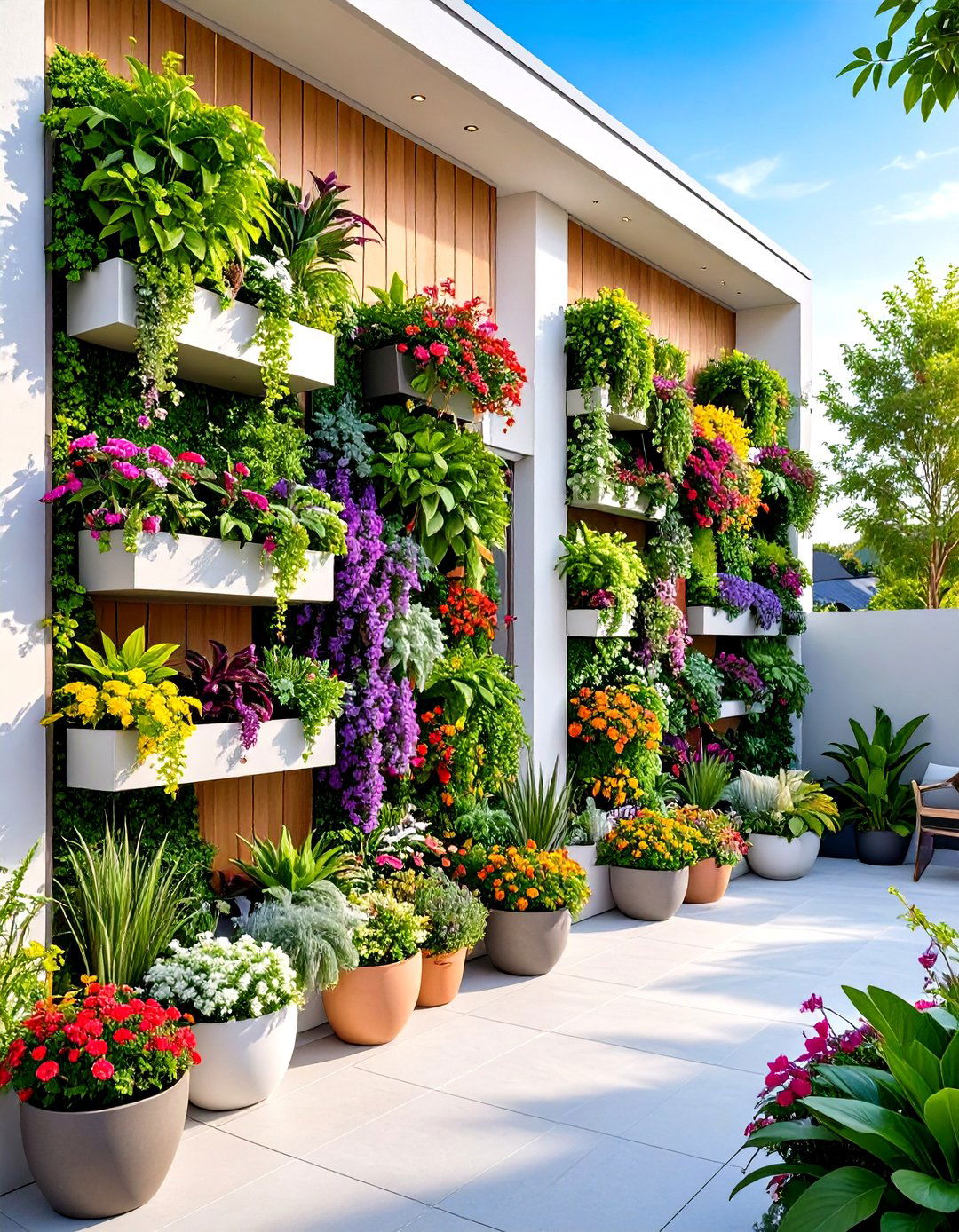
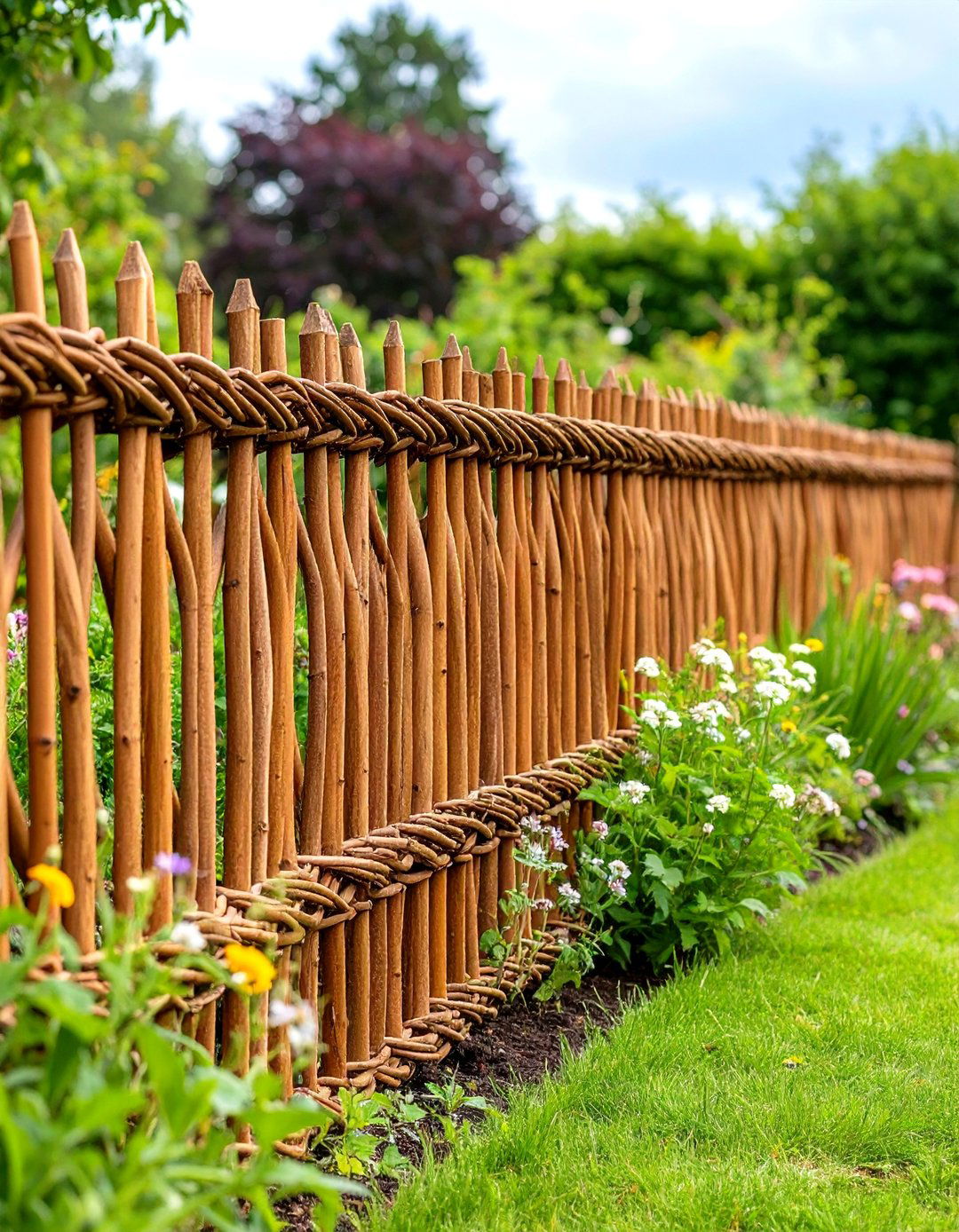
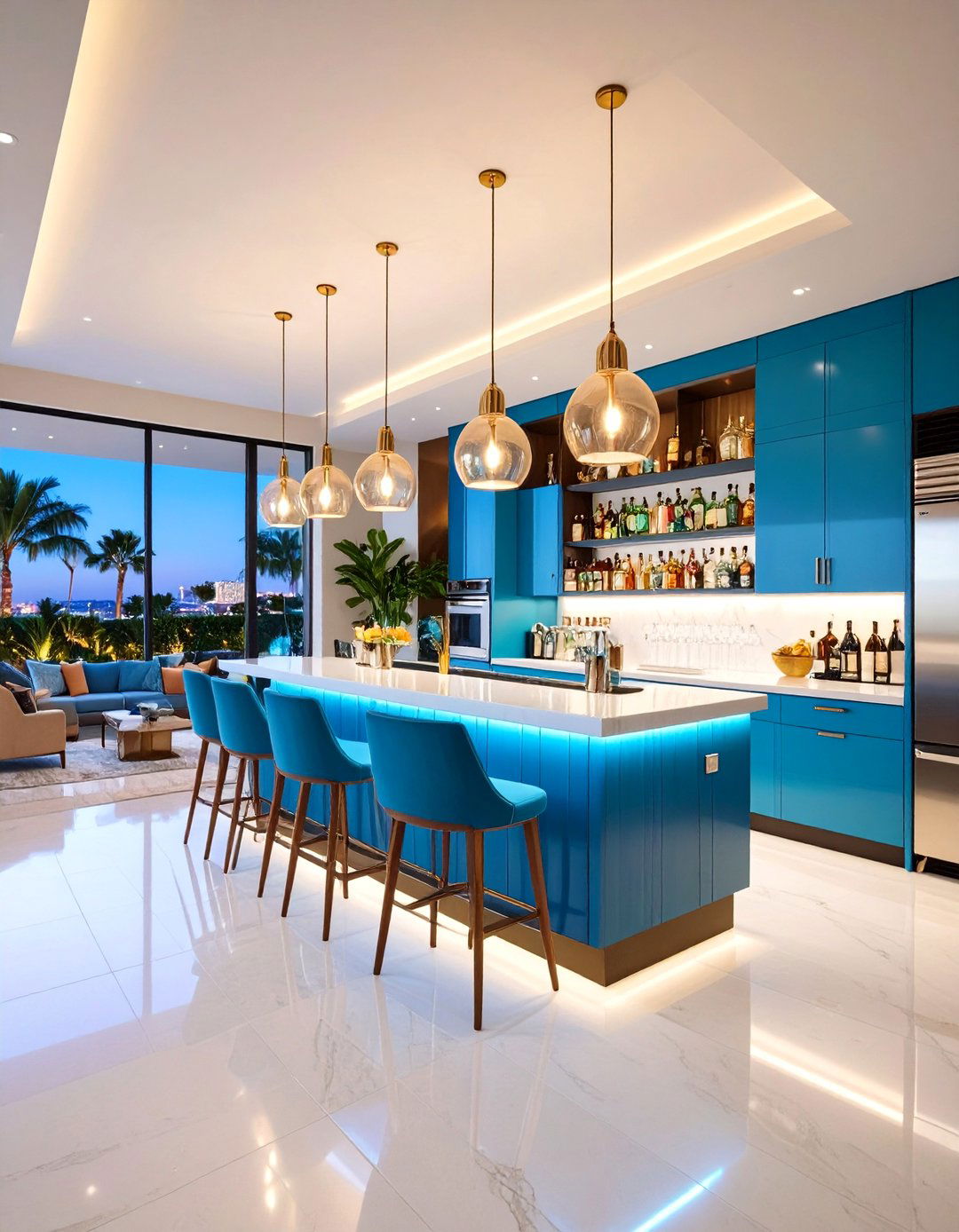
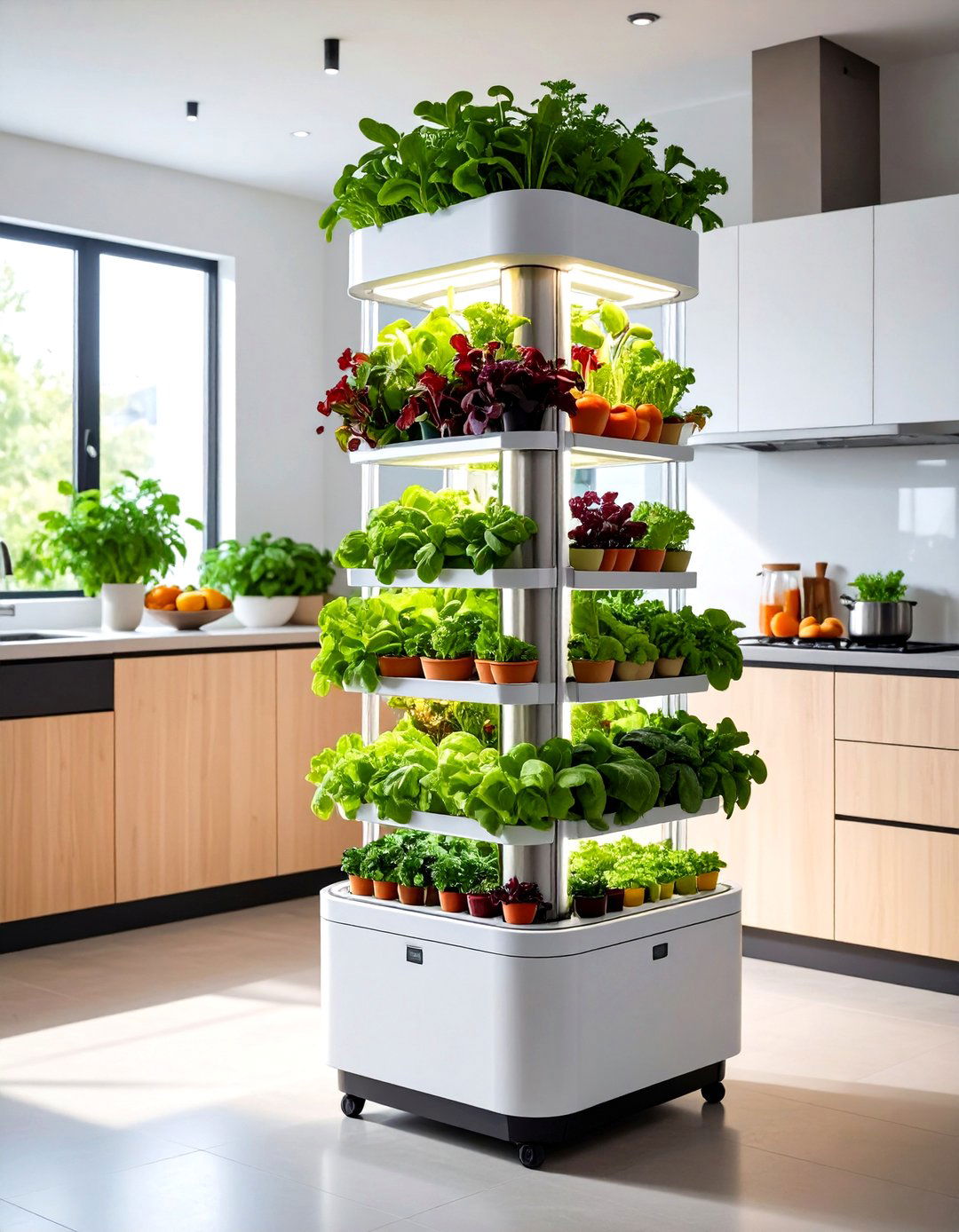
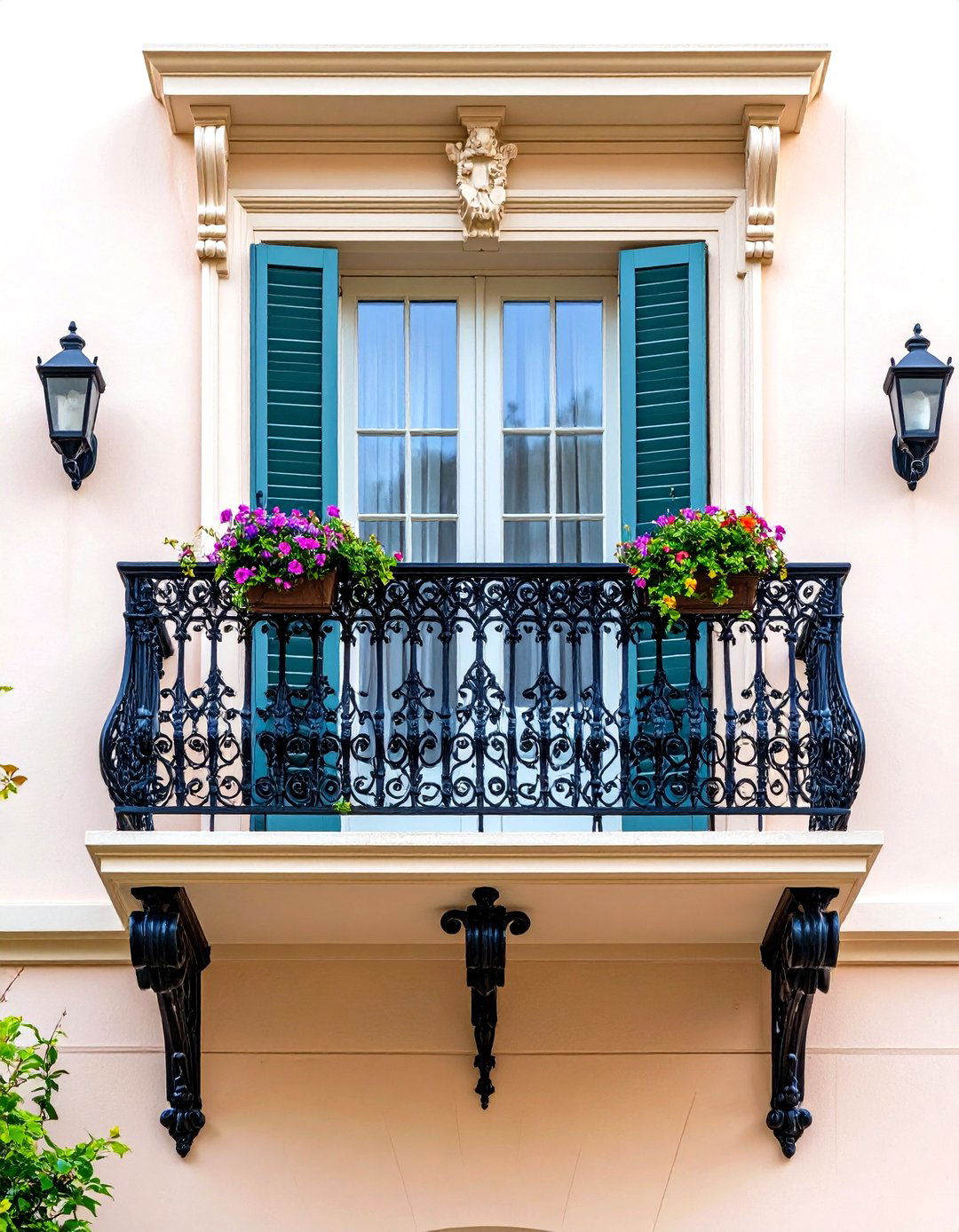
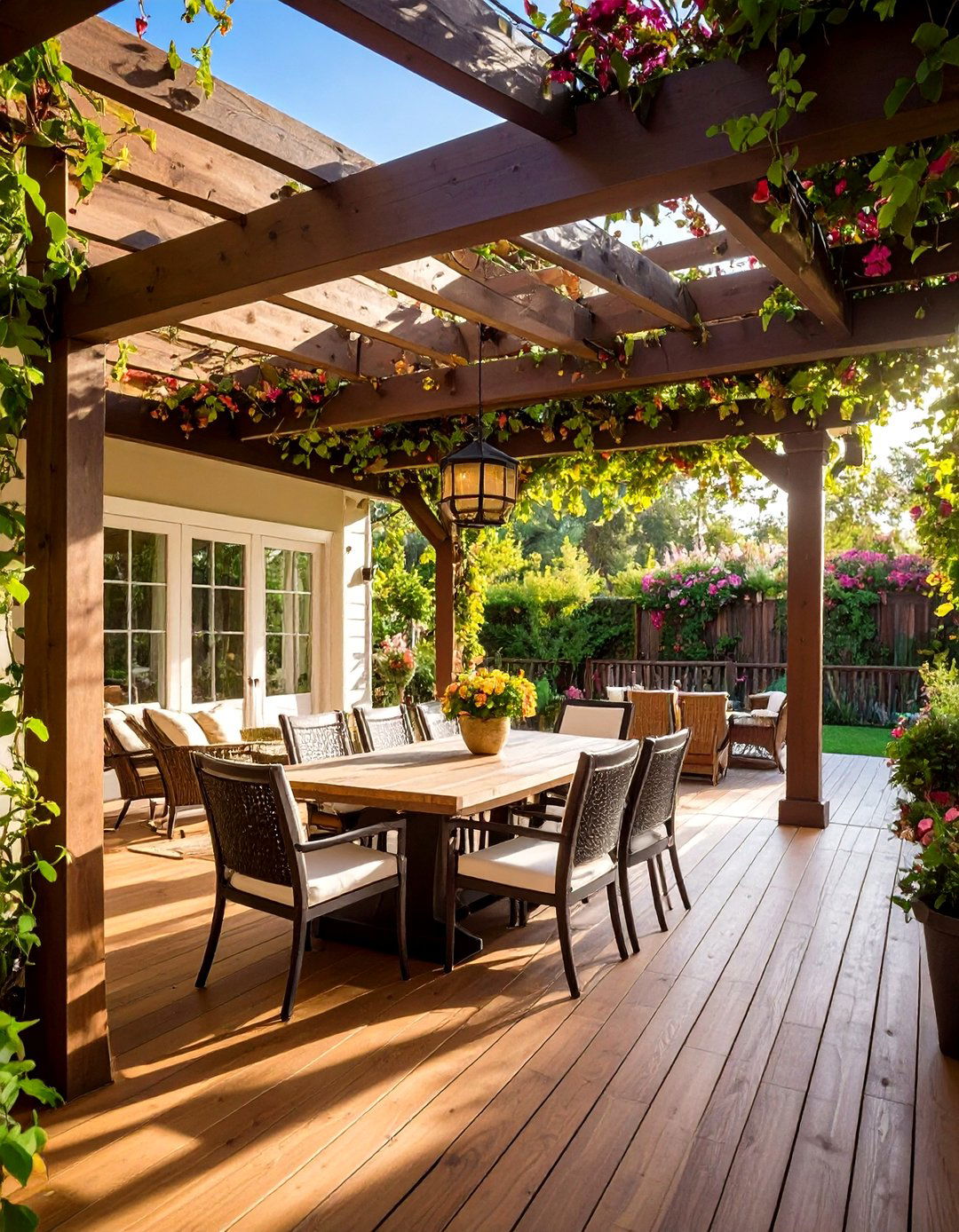
Leave a Reply